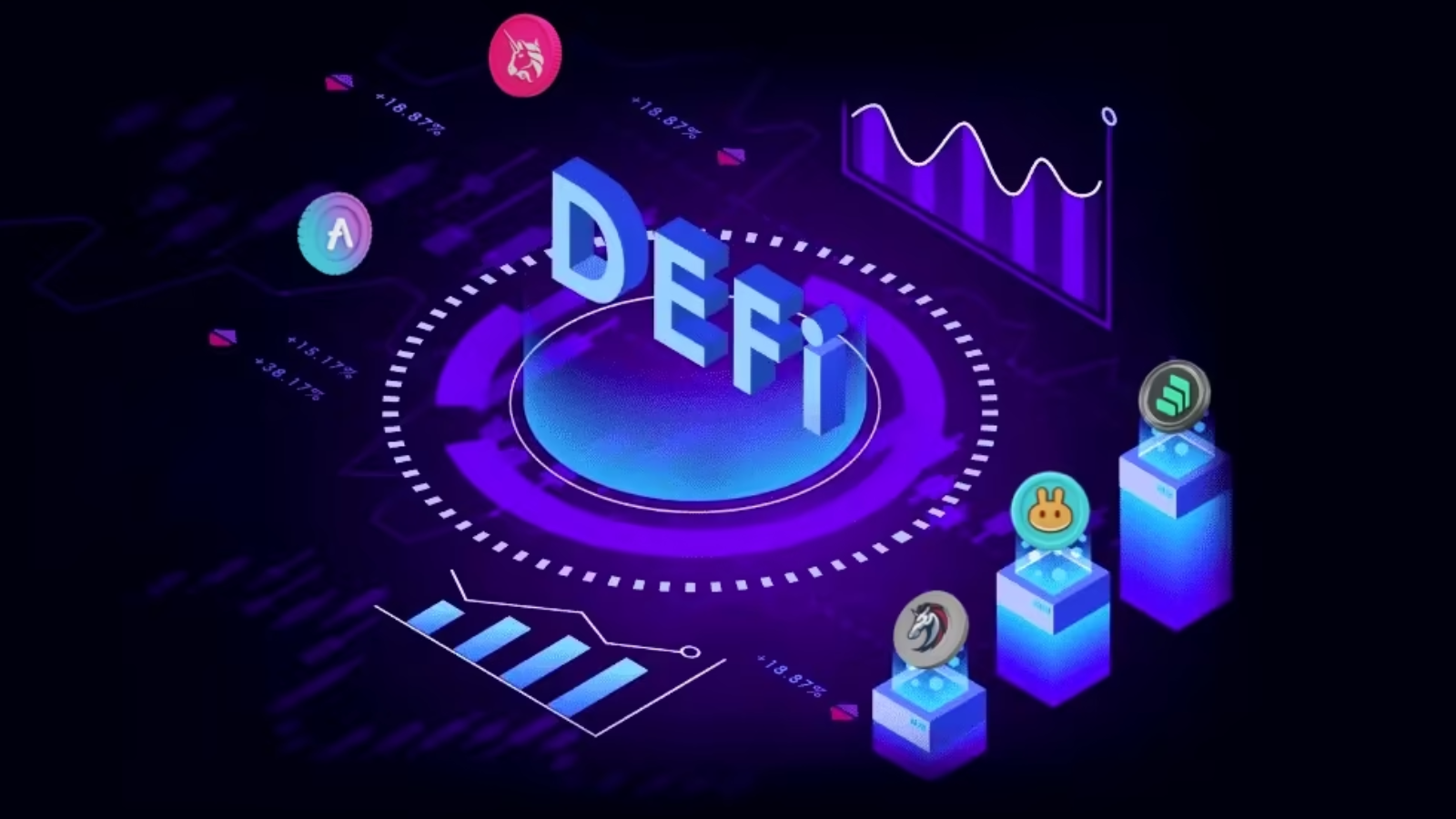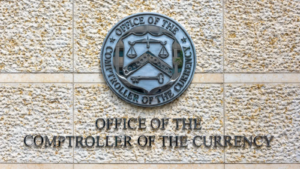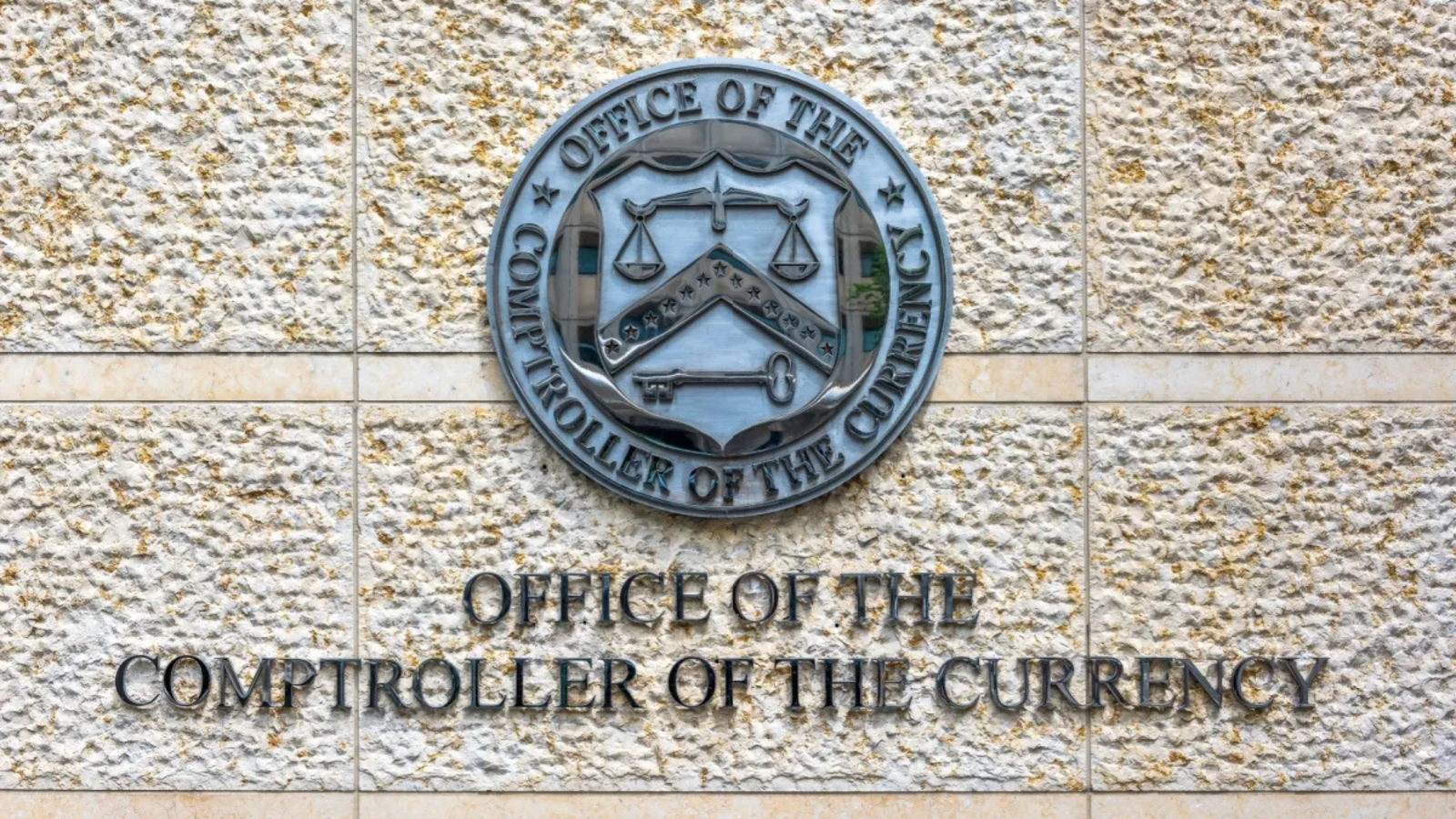The decentralized finance (DeFi) sector faced a major crisis in November 2025, as a series of high-profile exploits led to the loss of over $220 million in digital assets. The incidents, involving platforms such as Balancer and Stream Finance, have sent shockwaves through the crypto community and raised urgent questions about the security and resilience of DeFi protocols.
The most significant event occurred when attackers exploited vulnerabilities in Balancer’s smart contracts, resulting in the theft of approximately $130 million. This was followed by a similar attack on Stream Finance, which lost around $90 million. Both incidents were attributed to flaws in the composability of smart contracts where different protocols interact and share code—which allowed hackers to manipulate the system and siphon off funds.
Experts warn that these exploits highlight a critical weakness in the DeFi ecosystem: the reliance on interconnected smart contracts. While composability is a key feature that enables innovation and flexibility in DeFi, it also creates new attack vectors. When one protocol is compromised, the ripple effects can quickly spread to others, amplifying the damage.
The fallout from these attacks has been widespread. Many users have lost confidence in DeFi platforms, and some have begun withdrawing their funds from various protocols. The incidents have also prompted regulators to take a closer look at the sector, with calls for stricter oversight and improved security standards.
In response, the affected platforms have taken steps to address the vulnerabilities. Balancer has announced a comprehensive audit of its smart contracts and is working with security firms to implement additional safeguards. Stream Finance has temporarily suspended its services and is conducting a thorough investigation into the breach.
The broader crypto community is also grappling with the implications of these events. Some analysts argue that the incidents underscore the need for greater transparency and accountability in DeFi. They suggest that platforms should be required to disclose more information about their security measures and undergo regular audits.
Others believe that the solution lies in technological innovation. There is growing interest in developing new tools and protocols that can detect and prevent exploits in real time. For example, some projects are exploring the use of artificial intelligence and machine learning to monitor smart contract activity and identify suspicious patterns.
Despite the setbacks, many in the crypto industry remain optimistic about the future of DeFi. They point out that the sector has weathered previous crises and emerged stronger. However, they acknowledge that the road ahead will be challenging, and that the community must work together to build a more secure and resilient ecosystem.
The November nightmare serves as a stark reminder of the risks inherent in DeFi. As the sector continues to grow and evolve, it will be essential to strike a balance between innovation and security. Only by addressing these challenges head-on can DeFi hope to fulfill its promise of creating a more open and accessible financial system.













